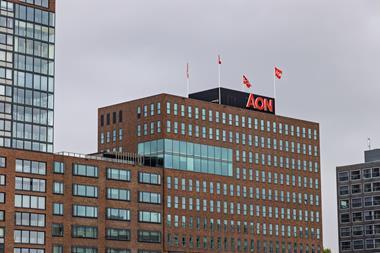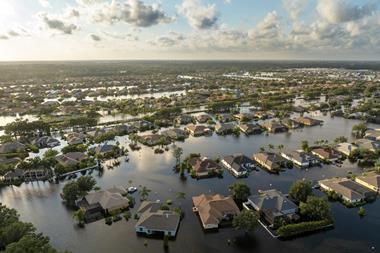London is at risk of severe flooding unless water levels under the capital are properly controlled, an investigation has revealed.
The General Aquifer Research and Development Team (GARDIT) was recently told by the London Assembly Environment Committee that 70 mega litres of water per day must be pumped out to prevent flooding or damage to London's infrastructure.
GARDIT is made up of a consortium of organisations, which includes the Association of British Insurers (ABI), Thames Water and London Underground, among others.
Pumping water from underneath London has reduced considerably since the decline of the industrial sector in the 1960s. Rising water underneath the city is now eroding the clay that prevents it from seeping to the surface and threatening the foundations of many buildings.
ABI spokesman Malcolm Tarling said one of the main problems was that water-taking industries such as paper mills and breweries had migrated from London. He added: “We are happy to be working with GARDIT to make sure insurers' interests are represented.”
GARDIT, which is in the third year of a five-year investigation, is successfully tackling the problem by drilling boreholes across London to extract the water. However, the environment committee has expressed concern that no-one has been made responsible for monitoring the groundwater levels when GARDIT is disbanded.
Committee chair Samantha Heath said: “The committee is concerned that GARDIT has only a five-year plan and provision must be made to investigate the potential situation in ten or 20 years time.”
Hosted by comedian and actor Tom Allen, 34 Gold, 23 Silver and 22 Bronze awards were handed out across an amazing 34 categories recognising brilliance and innovation right across the breadth of UK general insurance.












































